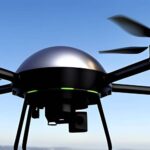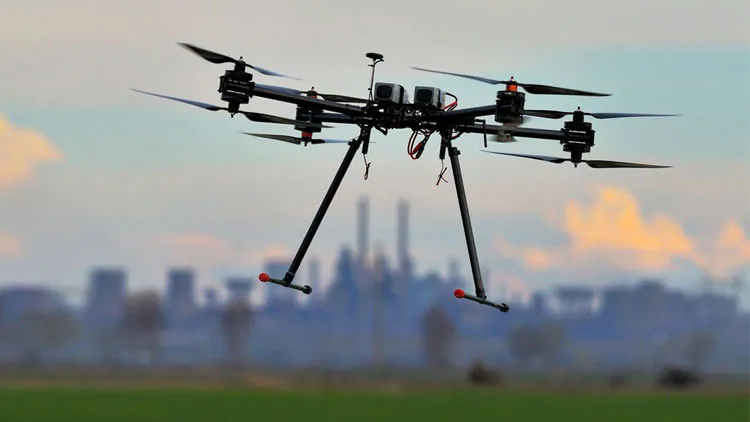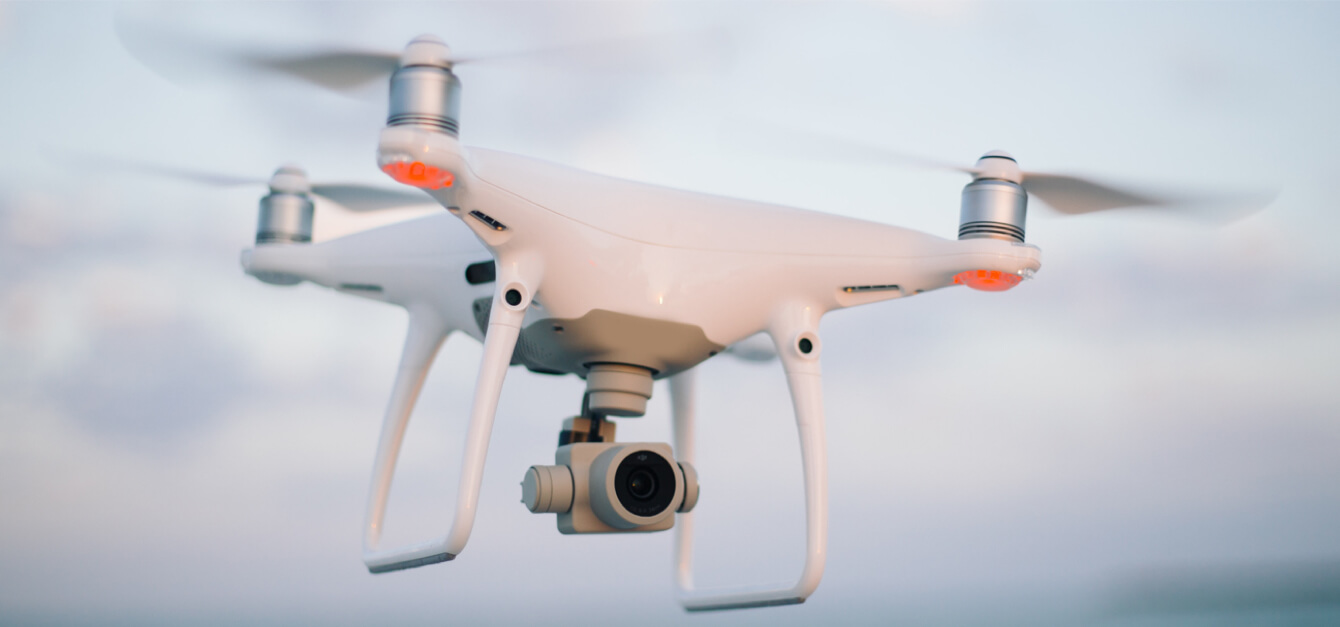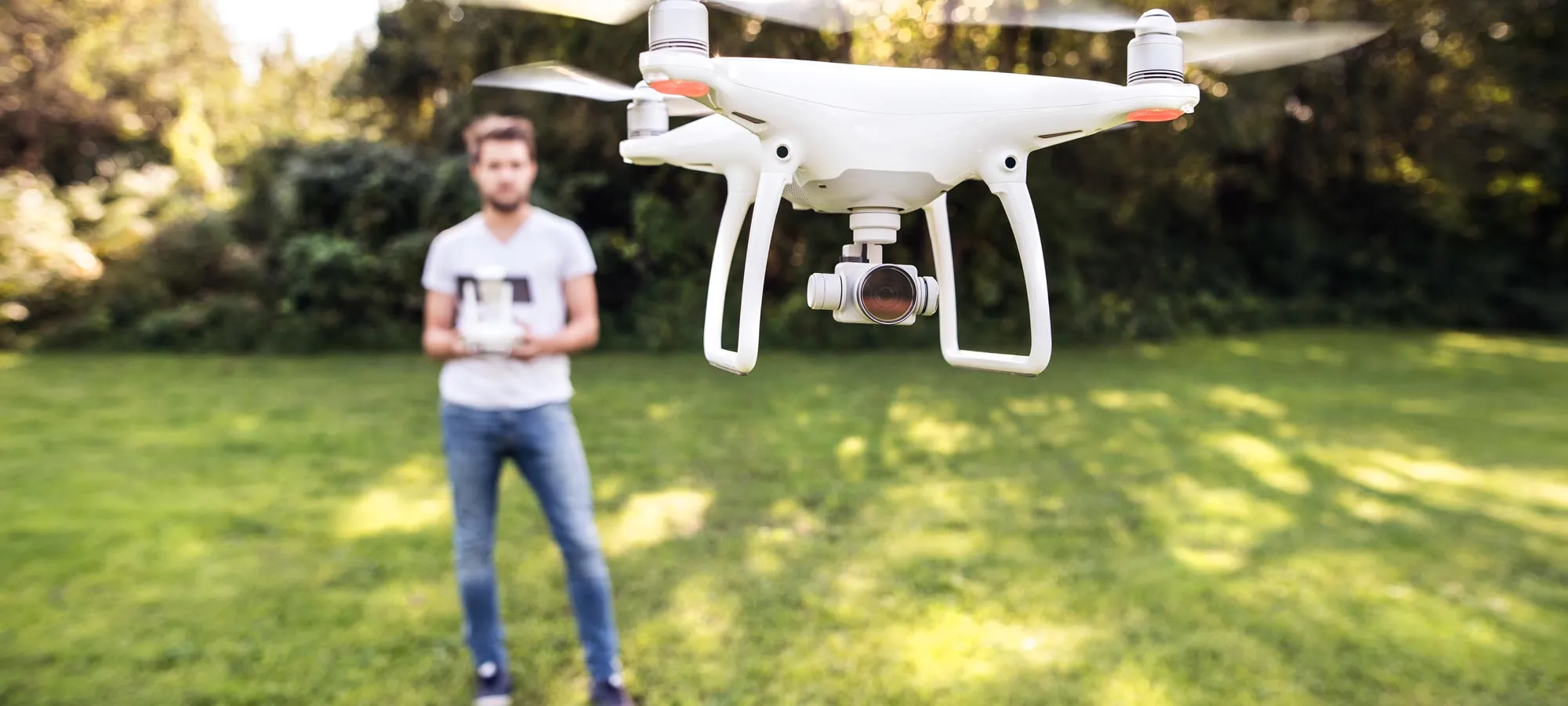
Drones have transformed the way we capture images from above, offering breathtaking perspectives and limitless creative possibilities.
One of the crucial factors that determine the quality of these aerial images is image resolution.
In this article, we will explore the concept of image resolution in drone cameras, its significance, and how it impacts the quality of aerial photography and videography.
What is Image Resolution?
Image resolution refers to the level of detail and clarity in an image and is typically measured in pixels.
It’s represented as the total number of pixels in the width and height of the image, such as 1920×1080 for Full HD (1080p) resolution.
The higher the resolution, the more pixels are packed into the image, resulting in finer detail and greater clarity.
Significance of Image Resolution in Drone Cameras
- Clarity and Detail: The most apparent advantage of high image resolution is the clarity and detail it provides. Aerial images captured at higher resolutions are sharper and more detailed, allowing viewers to see fine textures, intricate patterns, and small objects with precision.
- Print and Display Quality: High-resolution images are ideal for large-format printing and display on high-resolution screens. They maintain their quality and sharpness even when blown up to larger sizes, making them suitable for posters, banners, and displays.
- Editing Flexibility: High-resolution images offer greater flexibility during post-processing and editing. Content creators can crop, zoom, and manipulate images without significant loss of quality, giving them creative control over the final result.
- Zoom Capabilities: Higher resolution allows for more effective digital zooming in post-production or during live streaming, enabling closer examination of distant subjects without sacrificing image quality.
Common Image Resolutions in Drone Cameras
- HD (720p): With a resolution of 1280×720 pixels, HD provides decent image quality suitable for many applications, including live streaming and web-based content.
- Full HD (1080p): Full HD resolution at 1920×1080 pixels is a standard choice for drone cameras. It offers excellent clarity and is widely used in consumer and prosumer drone models.
- 2.7K and 4K: These resolutions provide even higher levels of detail, with 2.7K at 2704×1520 pixels and 4K at 3840×2160 pixels. They are popular among professional drone users and filmmakers, offering cinematic quality and flexibility in post-production.
- 8K and Beyond: In the realm of professional cinematography and specialized aerial applications, drones with resolutions of 8K (7680×4320 pixels) or higher are available. These provide unmatched image quality but require powerful hardware and substantial storage capacity.
Choosing the Right Image Resolution
The choice of image resolution in a drone camera should align with your specific needs and budget.
For casual users, HD or Full HD resolutions may suffice, while professionals or those seeking to capture highly detailed aerial footage may opt for 4K or higher resolutions.
It’s crucial to balance resolution with factors like storage capacity, processing power, and budget constraints.
Conclusion
Image resolution is a fundamental aspect of aerial photography and videography with drones. It directly influences the quality, clarity, and creative potential of the captured images.
Whether you’re a hobbyist capturing stunning landscapes or a professional filmmaker pushing the boundaries of aerial cinematography, understanding and choosing the right image resolution for your drone camera is key to unlocking the full potential of your aerial creations.








